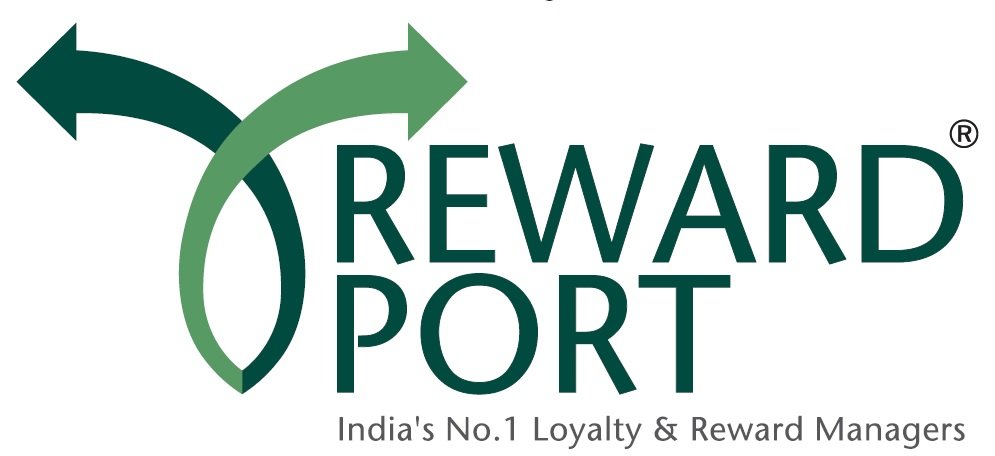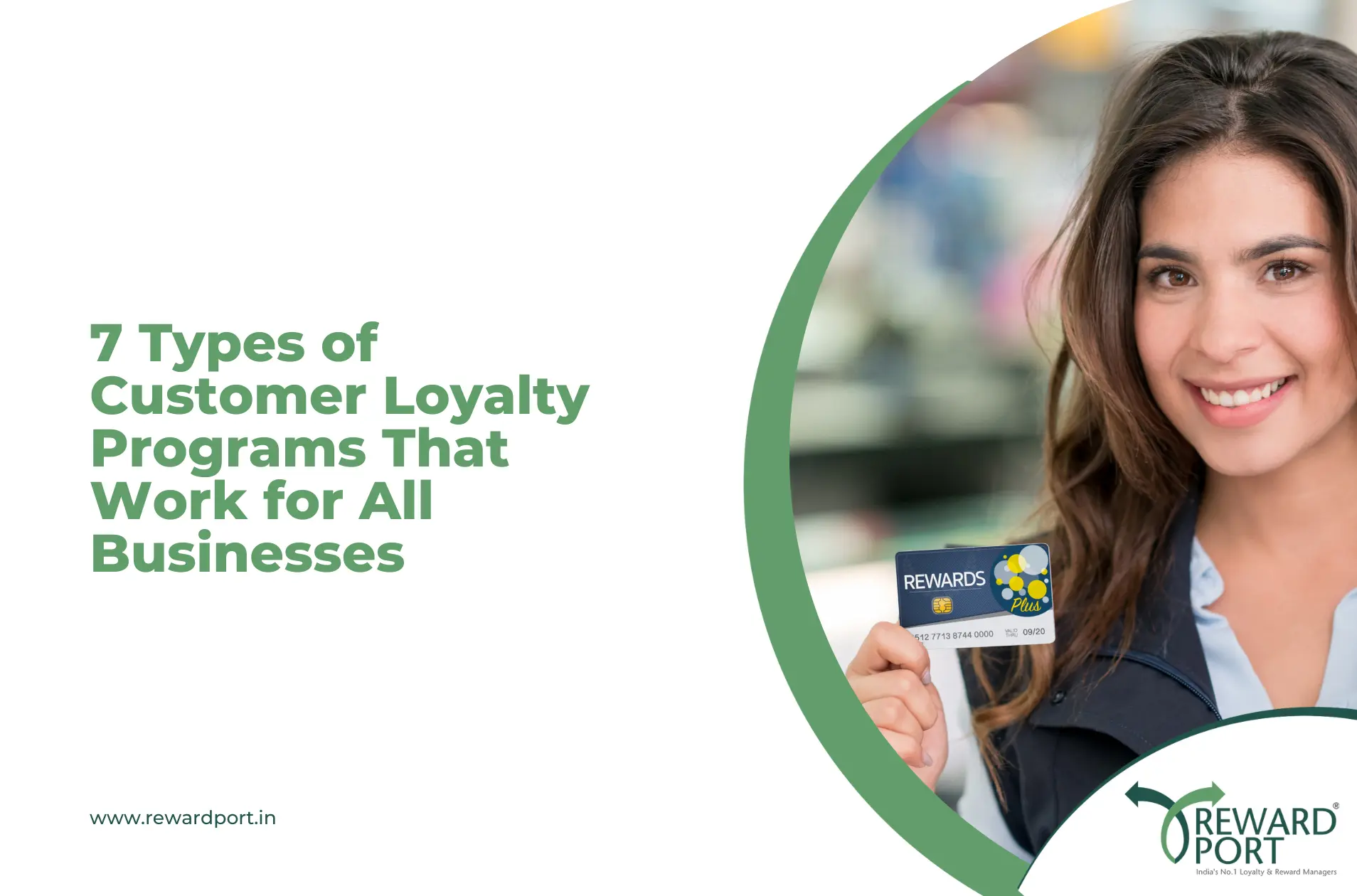What are some examples of businesses with the best loyalty programs?Studies suggest that around 84% of consumers are more likely to stick to a brand that runs a loyalty program. This is the reason why more than 90% of brands run a loyalty program today. Loyalty programs can definitely drive immense success to a business, but only when they are executed in the right manner. The best loyalty program for a business depends on various factors, including the type of business, the customer base, and the business objectives. Choosing the right program for your brand might be a real challenge. However, there are some common types of loyalty programs that work for almost every business. Some of these programs are as follows:
1. Rewards Points-Based Programs
Reward Point-based programs are one of the most widely used loyalty programs by businesses of every type. These programs are being used since the 1700s and are still considered one of the most successful strategies to win customer loyalty. In a rewards program, customers earn some sort of reward points every time they make a purchase. The number of points against a particular spend amount is pre-specified by the brand and customers earn accordingly.
For example, if a brand offers 10 Reward Points against every spend of Rs. 100, customers will earn 50 RPs on spending Rs. 500, 100 RPs on spending Rs. 1,000, and so on. Now, the monetary value of these reward points depends on the brand running the program. More valuable rewards are able to attract more customers. A program offering 5 Reward Points with each point equivalent to Re. 1 would be better than a program offering 10 Reward Points with each point equivalent to Re. 0.25.
Customers can later redeem these points against discount coupons, merchandise, or even against the products of other brands in some cases. You can create a separate rewards portal to run your loyalty program and add multiple redemption options for your customers. The more redemption options you offer, the happier your customers are. Though rewards programs are very good for acquiring new customers and encouraging them to stay loyal, these are not much effective in motivating customers to spend more.
2. Cashback-Based Programs
The cashback-based programs are the second most popular type of loyalty program after reward-based ones. These are very similar to reward programs in terms of their functionality. Instead of reward points, customers earn cashback that can either be directly redeemed against future purchases or can be credited back into their bank accounts. The percentage of cashback is fixed by the brand and customers get the corresponding amount back every time they make a purchase.
The most effective way to retain customers via cashback-based programs is to offer store-specific cashback, i.e. cashback that can only be redeemed against future purchases at your brand. The loyalty program run by Flipkart is one of the best examples of such cashback programs. Flipkart offers SuperCoins to its customers on every purchase they make. These SuperCoins are just like cashback as one coin is equivalent to Re. 1. Customers can redeem these coins against Flipkart purchases as well as against several other brands available for redemption.
Restricting the redemption option only to your brand might not be a very good idea, but make sure that it is the primary redemption option. You can allow your customers to redeem the cashback against other coupons or gift cards as well, but keeping your products as the most valuable redemption option can help you make your loyalty program successful.
3. Tier-Based Loyalty Programs
Tier-based loyalty programs also work well for almost every type of business. Though these are less popular compared to the rewards and cashback-based programs, many businesses are now running tiered loyalty programs as these can be amazingly successful if implemented correctly. These programs generally have three or more tiers with benefits getting more exclusive with each upper tier. The more a customer purchases, the higher tier he/she enters. And the higher tier a customer enters, the better rewards and benefits he/she earns.
For example, suppose you run a tiered loyalty program having three tiers. Customers enter the first tier as soon as they make their first purchase and they get 5% cashback under this tier. After making 10 purchases (worth above a pre-specified amount), they enter the second tier and start earning 7% cashback along with discount coupons on every purchase. Now, once they complete 30 or more purchases with your brand, they enter the third and the most premium tier that offers 10% cashback, discount coupons, as well as additional spend-based rewards.
This is how tier-based loyalty programs work. One of the biggest advantages of these programs is that you can customize them as per your business requirements. Also, you can offer more value to more loyal customers with this type of loyalty program.
4. Punch Card Programs
Punch Card-based programs are one of the most traditional loyalty programs that businesses have been using for several decades. This program is one of the most effective strategies to drive repeat business and boost customer loyalty. In a punch card program, customers get a card with a specific number of empty boxes. Every time they make a purchase, one empty box gets punched with the store stamp. Once all the empty boxes get stamped, customers get eligible for a free gift or rewards that are specified in the program.
For example, suppose you own a burger restaurant and run a punch card program for your customers. Let’s say your punch card has 10 empty boxes and on the 10th purchase, you offer a free meal for two. Now, your customers will come along with the punch card and get it stamped every time they purchase a burger. Once they reach the 10th box, they are eligible for the free meal.
5. Subscription-Based Loyalty Programs
Subscription-based loyalty programs are less preferred but are one of the most successful loyalty programs. In this type of program, customers need to pay in order to participate and earn the benefits of the loyalty program. If you opt for a subscription-based loyalty program, you must be very sure that your customers will find your program exciting enough to pay for it. As customers pay for these loyalty programs, they are more likely to stay loyal and engaged with your brand.
As per research, the members of subscription-based loyalty programs are 60% more likely to purchase more often from your brand. On the other hand, free loyalty programs increase that cance only to 30%, which is comparatively very low. Although paid loyalty programs can be quite expensive for average customers, this is also a positive point at the same time. With these programs, you can identify your best customers and provide them with the most premium benefits.
6. Charity-Based Loyalty Programs
Charity-based loyalty programs are quite unique yet one of the most effective customer loyalty programs run by businesses. These programs are very similar to rewards-based programs other than the redemption process. In a charity-based program, customers earn reward points that are redeemable against charity donations. These programs work for every business as almost every customer loves to donate to a social cause. You can include multiple charity options with your program and allow your customers to donate the equivalent amount to the charity of their choice once they accumulate a certain number of points.
7. Spend-Based Loyalty Programs
Spend-based loyalty programs, also known as milestone-based customer loyalty programs, reward customers for making purchases beyond a specific amount. In this type of program, not every customer gets rewarded, but it rewards only those who purchase above a pre-specified amount. The rewards can also get better with more spends. Businesses can customize these programs as per their requirements and their customers’ interests. For example, you can offer 2% cashback on spends up to Rs. 1,000, 5% cashback on spends up to Rs. 5,000, and 10% cashback on spends beyond Rs. 5,000.
Run The Best Loyalty Programs for Your Business With RewardPort
Implementing a loyalty program is not a big deal, but choosing the right loyalty program for your business is. A loyalty program is most successful when it aligns with the goals of your business and also takes the interests of your customers into account. This is what RewardPort can help you with. The team of marketing experts at RewardPort takes every small detail of your business into consideration and helps you run a loyalty program accordingly. Moreover, RewardPort includes gamification strategies in your loyalty programs, which make them even more exciting for your customers.
Frequently Asked Questions
What are the best loyalty programs for frequent shoppers?
Some of the best loyalty programs for frequent shoppers are cashback-based programs, milestone-based rewards programs, reward points-based programs, etc.
What are the key features of the best loyalty programs?
Some key features of the best loyalty programs are as follows:
The program should fulfill customer interests.
The program should be valuable for customers as well as for the business.
The program should align with business objectives.
What are some examples of businesses with the best loyalty programs?
Some best examples of customer loyalty programs run by businesses include Sephora’s beauty insider program, Starbucks loyalty program, Flipkart’s loyalty program, etc.


